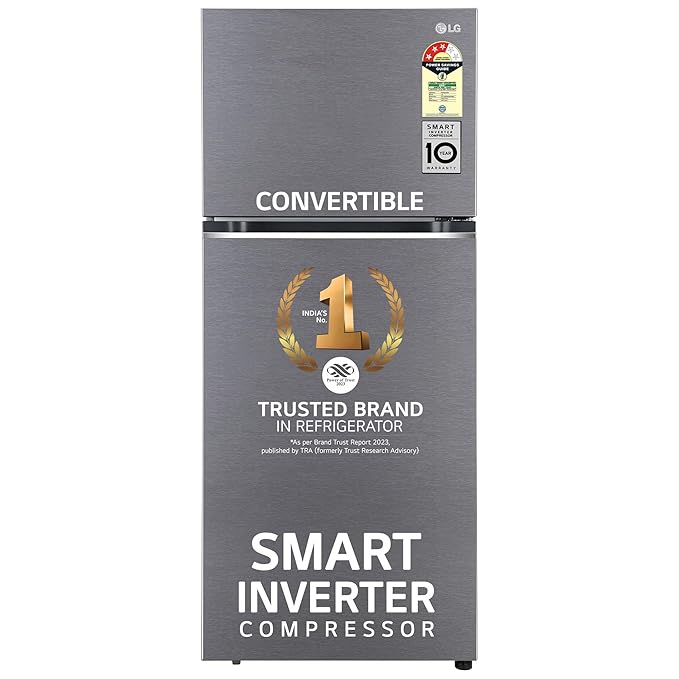Creating a custom Drupal service allows you to encapsulate functionality and access it wherever needed, promoting modularity and reusability within your codebase as a Helper.
In this article we are sharing an example of how to create a custom Drupal service and use it as a helper.
Step 1: Define the Service
Create a new custom module or use an existing one. Define your service in the module’s directory custom_module.services.yml file, below shown the sample.
Step 2: Create the Service Class
Create a new Php class CustomServiceHelper.php, that implements the service's functionality
Step 3: Use the Service as a Helper
You can now use your custom service as a helper wherever needed in your Drupal codebase, below is an example used in the confirm form CustomConfirmForm.php.
This is a basic example of creating a custom Drupal service and using it as a helper. You can expand upon this pattern to encapsulate more complex functionality and integrate it into various parts of your Drupal site.
Thanks for reading the article, for more drupal related articles read and subscribe to peoples blog articles.















